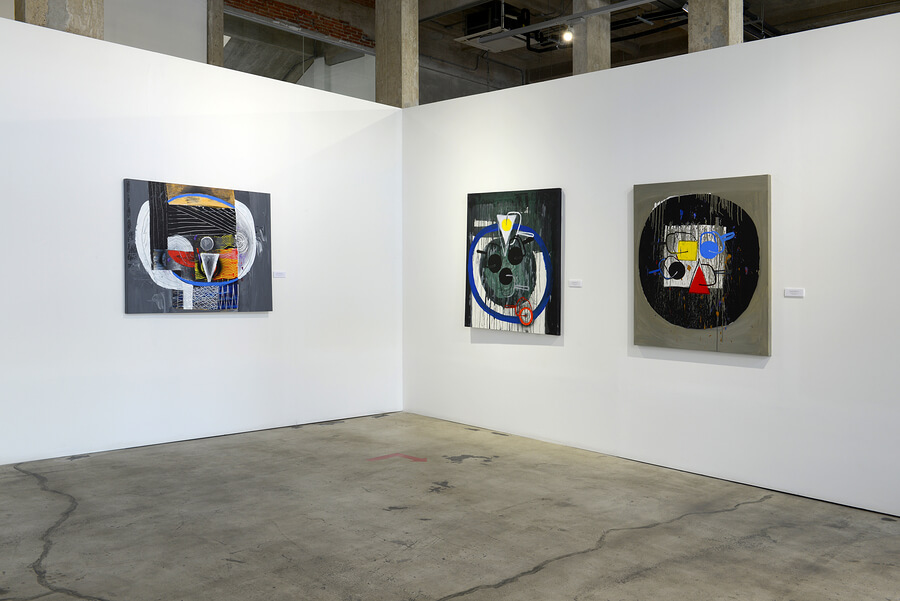Earlier this month, the “Women of Algiers” painting by Pablo Picasso sold for $179,365,000. There are many psychological theories regarding the subconscious cues that occur at art auctions. What happens at art auctions can give us all some insight on what’s going on with our Customers, too—although I’d wager few of us are working in the $180 million range!
When I was listening to this story on the news, the reporter mentioned an auctioneer’s trick is to nod at the bidders in the room when it is their “turn” to bid. Apparently this small cue can encourage the bidder to place another bid even if they weren’t planning on it.
Subconscious cues are everywhere that drive Customer behavior. What else can we as marketers learn about Customers by watching the behavior employed at Art Auctions?
- The Hammer Price is a trick. The hammer is the auctioneer’s indication the item has sold at the price he said. However, it’s a trick. The hammer price, what they call the price announced when he smacks that hammer down and says, “Sold to the person with $180 million dollars!” does not include the commission of the auction house (Sotheby’s charges a buyer’s premium, which is typically 20% on the first $100,000 and then drops to a lower percentage of 12% on anything above that), nor does it include the taxes that are then to be paid (VAT or Value-Added Tax on consumer spending). Essentially, by not including all the sums involved in the “hammer price,” the buyer feels like they are paying less than they are, so they feel comfortable bidding more.
- Being the top bidder feels good. It’s called the “endowment effect,” which is a term describing how people assign more value to the item because they own it. It is meant to describe how a person feels when the become the top bidder. For that period in the auction, the item is theirs. So they are more likely to pay more for the item so they don’t lose it. Often, they feel they are losing something if they don’t stay the top bidder, so they will bid higher than they anticipated just to keep that from happening.
- When bidders spot a bargain, in their minds they already own it. In the art world, the auction price is public. It is always considered a benchmark. Many bidders have the perception that the price is “underbid,” which makes them feel like they are getting a bargain. A great side effect of this perception is the person feels like they already own the bargain. Now the bidder subconsciously discounts the initial public price sum from the actual price they pay to keep the item (that they feel like they own already because of the “endowment effect”). This subconscious thinking process makes it seem like they are bidding less than they are.
The auction is about connecting the buyer to the highest possible price. If ever there were a real life depiction of the law of supply and demand, this particular event is it. The people that want it determine the price of the item. It’s the auction house’s job to make sure that the item fetches the highest price possible. Hence, the subconscious cues they send to bidders.
It’s astonishing to me that a subconscious cue encouraged someone to spend this much money. However, it certainly supports the idea that the whole area of subconscious cues and encouraging Customers to behave a certain way is powerful! How are you as marketers using this subconscious experience to your advantage?
We always say that over 50% of the Customer Experience is based on a Customer’s emotions. Clearly that’s true for Art Customers, but it’s also true for yours. Many of these emotions are subconscious and are evoked by subconscious cues in your experience. In most exemplary Customer Experiences, the cues are designed to help evoke positive emotions that build your Customer’s loyalty and retention. The important thing here is that they are deliberate—just like the hammer price and the auctioneer’s nod.
What subconscious cues are you building into your marketing campaigns and Customers experience today?
RICOH Canada had a vision: to be the most trusted brand with irresistible appeal in their market. Join us at our webinar , “Ricoh Case Study: How We Moved Our Loyalty Score by 34 Points in 30 months” to learn from CEO Glenn Laverty how their focus on a customer-centric approach improved their Net Promoter Score® by 34-points and grew their business 115%.Reserve your spot today!
If you enjoyed this post, you might be interested in the following blogs:
- Subconscious Clues That Call People to Action
- Bergdorf and the Subconscious
- Engaging the Subconscious Shopper
Colin Shaw is the founder and CEO of Beyond Philosophy, one of the world’s first organizations devoted to customer experience. Colin is an international author offour bestselling books and an engaging keynote speaker.


